Q I saw an unclear photo of a Pennsylvania steam locomotive identified as an S2, with the number 6200. Two things caught my eye: the 6-8-6 wheel arrangement, and the absence of any visible cylinders or driving rods. What can you tell me about it?– J.H. Lehman, Dayton, Ohio A The 6200 was a one-of-a-kind […]
Type of Train: Steam Locomotive
O gauge Union Pacific FEF-3 4-8-4 by Lionel
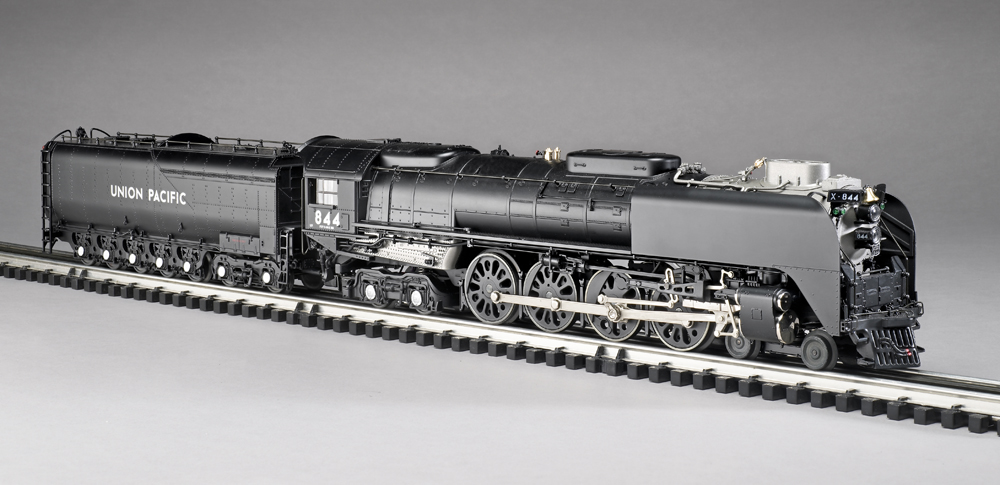
LET’S CUT RIGHT TO THE CHASE. This is the finest steam locomotive that Lionel has ever made. Period. End of discussion. Insert photo of me puckering up to give this steamer a big old smooch. Whew. OK, I’ve taken a deep breath. I’ve cooled down. Now, on with the rest of the review. This Lionel […]
Atlas O Industrial Rail Line Pennsylvania Steam Starter Set
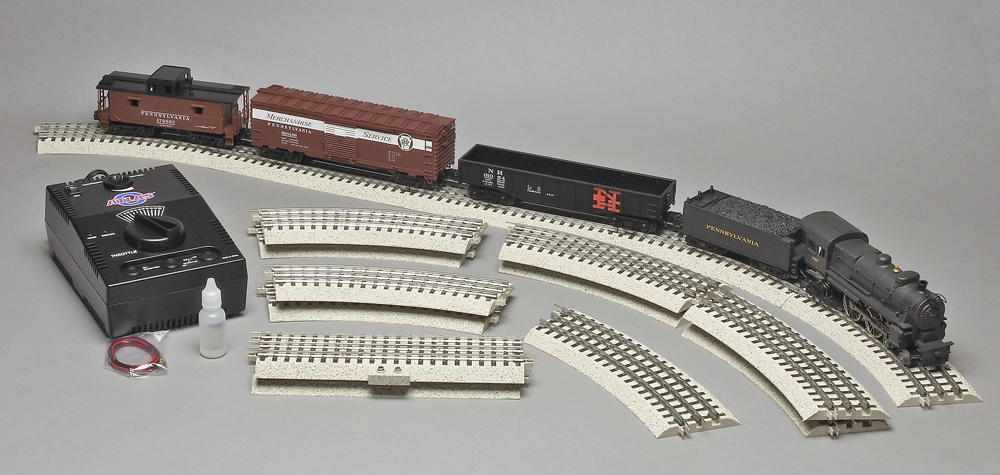
ATLAS O’S PEDIGREE includes the Atlas product lines in N and HO scales. The same attention to detail and overall quality that goes into the Atlas product line is the foundation of Atlas O’s three product groupings: The Master line of rugged, high-end, superbly detailed O scale locomotives and rolling stock; the Trainman line of […]
O gauge starter-set 0-8-0 by Lionel
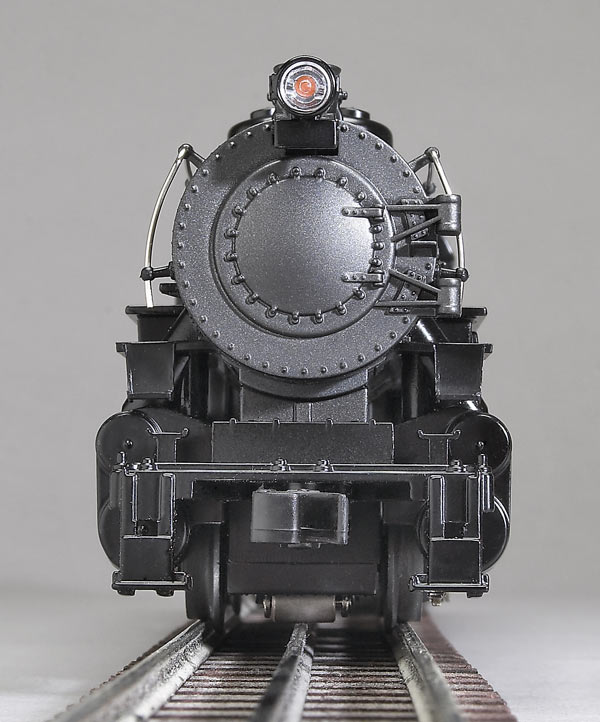
OKAY, SO THE BRASS IN LIONELVILLE was trying to come up with a new engine for starter sets. Or, better said, they were trying to develop a new value-priced locomotive that could be sold separately or in starter sets. Of the gazillions of prototypes out there, Lionel settled on the USRA 0-8-0 steam locomotive. That […]
Ask Trains from May 2008
Q As a boy, I used to watch the magnificent Southern Pacific cab-forward steam locomotives on their way to Donner Summit in Northern California. Someone referred to them as Mallets. What’s the true definition of a Mallet? — C.W. Haffey, Bakersfield, Calif. A By definition, a Mallet (mal-LAY) is an articulated, meaning the two engine […]
Bachmann side rod gas-mechanical locomotive
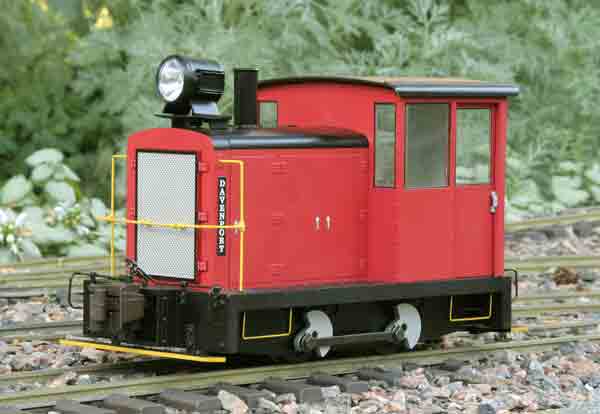
Kevin Strong 1:20.3-scale, gauge 1, side rod, gas-mechanical locomotiveBachmann Industries1400 East Erie Ave.Philadelphia PA 19124Price: $275Web site www.bachmanntrains.com Plastic and die-cast-metal industrial gas-mechanical switcher; two powered axles; cab interior; smoke unit; directional lighting; two sets of knuckle couplers; polarity switch; DCC-ready using NMRA standard 8-pin plug. Dimensions: length, 7¾” (over footboards); width, 3¾”; height, 5″. […]
MTH Electric Trains HO scale Mohawk 4-8-2
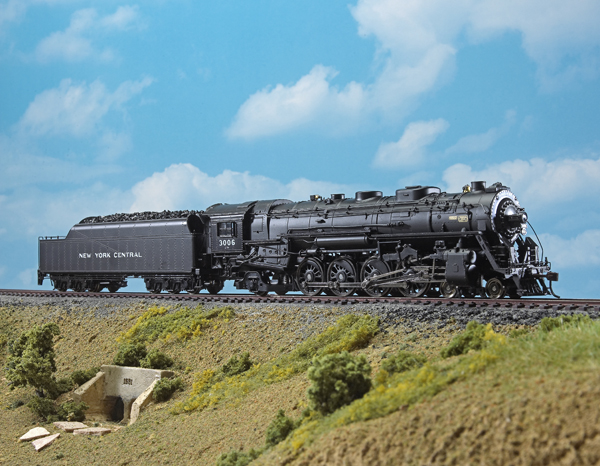
MTH Electric Trains HO scale Mohawk 4-8-2 Hudsons and Niagaras made the headlines on the steam-era New York Central, but Mohawks and Mikados made the profits. Plastic models of Hudsons, Niagaras, and H-6 Mikes have been available for several years, but Mohawks were available only in brass. Now the MTH HO L-3 and L-4 Mohawks […]
O gauge 4-6-4 Royal Hudson by MTH
LIKE THE UNITED STATES, much of Canada is flat and empty with a humongous mountain range over on the left side. Factor in absurdly bad winters, and railroading in Canada requires industrial-strength solutions. It takes quite a bit of effort to haul people and things today, and it was not any easier in the steam […]
International Hobby Corp. HO scale USRA Light Mikado
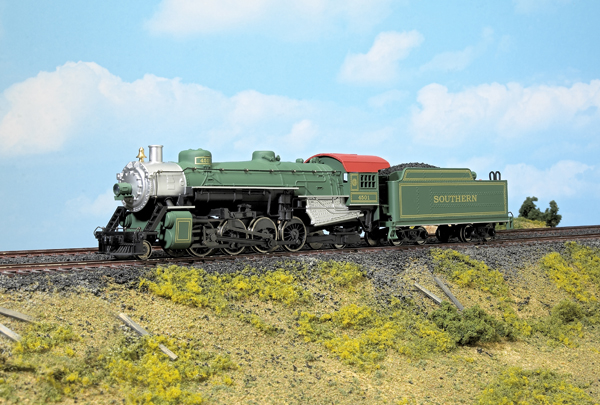
International Hobby Corp. HO scale USRA Light Mikado This 2-8-2 Mikado is a medium-size steam freight locomotive that comes ready-to-run and performs extremely well. It includes a Digital Command Control socket for easy conversion to DCC. The model comes decorated in 11 road names and includes a USRA 32-foot rectangular coal tender. Made by International […]
UP plans tour for steamer 3985 NEWSWIRE
OMAHA, Neb. – Union Pacific “Challenger” steam locomotive No. 3985 will tour the Midwest this fall, covering 1,750 miles in 23 days and visiting towns in Iowa, Nebraska, and Minnesota. To help people track the trip, UP has installed a global positioning satellite transmitted in one of the train’s cars and will use it to […]
O gauge 2-10-0 by MTH
Okay, so Czar Nicholas II lost the Bolshevik revolution and allowed Russia to slide into four generations of murderous totalitarian rule. But let’s not dwell on the negative – look at the bright side: American railroads got all those 2-10-0s Decapods that were built in the United States to help the Russians fight the Kaiser […]
Accucraft 4-4-0
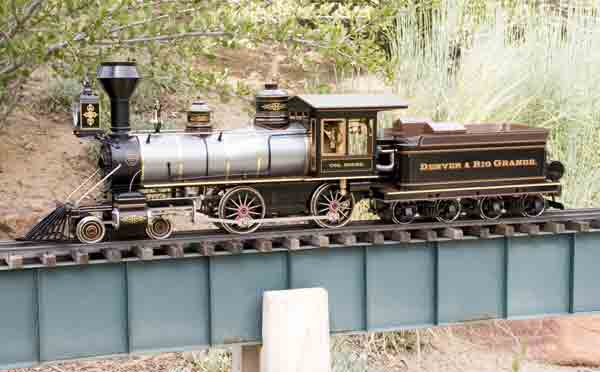
Marc Horovitz 1:20.3 scale, gauge 1, live-steam 4-4-0Accucraft33268 Central AvenueUnion City CA 94578Price: $1,895Web site: www.accucraft.com All metal, live-steam model of a Baldwin 4-4-0; sprung chassis; sprung tender trucks; fittings include throttle, safety valve, water glass, pressure gauge, lubricator; single-flue boiler; butane fired; simple-eccentric-with-reversing-link reversing, controlled from the cab; painted and lettered; some minor assembly […]
